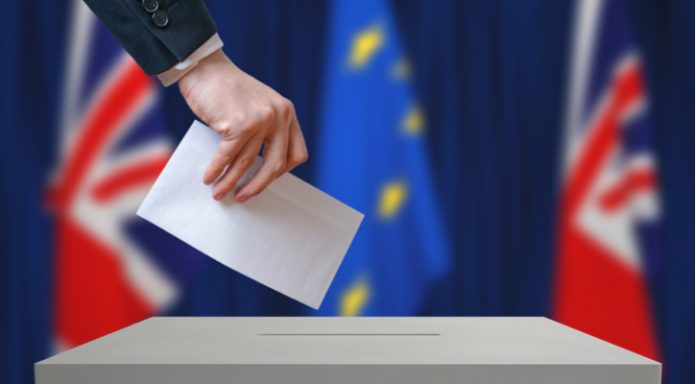Brexit fears sent the pound tumbling versus the euro on Wednesday. After hitting a high of €1.1390 early on, the pound then plummeted across the day to a low of €1.1278. This is the lowest that he pound has traded versus the euro in over a week.
| What do these figures mean? |
|---|
|
When measuring the value of a pair of currencies, one set equals 1 unit and the other shows the current equivalent. As the market moves, the amount will vary from minute to minute. For example, it could be written: 1 GBP = 1.13990 EUR Here, £1 is equivalent to approximately €1.14. This specifically measures the pound’s worth against the euro. If the euro amount increases in this pairing, it’s positive for the pound. Or, if you were looking at it the other way around: 1 EUR = 0.87271 GBP In this example, €1 is equivalent to approximately £0.87. This measures the euro’s worth versus the British pound. If the sterling number gets larger, it’s good news for the euro. |
UK Consumer confidence data was released early in Wednesday’s session. As analysts expected, consumer confidence slipped to -10 in February, from -9 in January, as Brexit uncertainties and financial concerns weighed on sentiment. The pounds reaction was minimal.
Brexit headlines were the big cause for a sell off in the previous session as pound traders grew increasingly nervous over the lack of progress in Brexit talks and concerned over UK Prime Minister, Theresa May’s hard-line stance.
The problem over the Irish border has once again reared its head, making any progress with the transition deal painstakingly slow. UK Prime Minister Theresa May flat out rejected the proposal in the European Commission’s draft Article 50 Treaty, that Northern Ireland should remain in the Customs and regulatory union if no other solution to the Irish border issue could be found. This increased friction between the two sides in these critical talks. The deadlock is throwing the possibility of any post Brexit transition deal or even post Brexit trade deal into serious doubt. Without such a deal, Britain is staring at a hard Brexit scenario, which is the worst-case scenario for UK businesses and therefore the UK economy and the pound.
| Why is a “soft” Brexit better for sterling than a “hard” Brexit? |
|---|
| A soft Brexit implies anything less than UK’s complete withdrawal from the EU. For example, it could mean the UK retains some form of membership to the European Union single market in exchange for some free movement of people, i.e. immigration. This is considered more positive than a “hard” Brexit, which is a full severance from the EU. The reason “soft” is considered more pound-friendly is because the economic impact would be lower. If there is less negative impact on the economy, foreign investors will continue to invest in the UK. As investment requires local currency, this increased demand for the pound then boosts its value. |
Investors will now be looking ahead to Theresa May’s key speech in Friday. Here, she is expected to outline her vision for Brexit. Markets are starting to fear that she could be looking towards a harder version of Brexit.
Eurozone Inflation remains stubbornly low
The euro traded marginally lower across the board as eurozone inflation remains stubbornly below the European Central Bank’s (ECB) target level of 2%. Inflation as measured by the consumer price index dipped in February to 1.2% year on year, down from 1.3% in January.
The ECB have warned on many occasion that they will not consider raising interest rates until inflation is at the ECB target of 2%. As inflation moved further from the 2% level, the prospect of an interest rate rise decreased, and the euro weakened.
| Why do raised interest rates boost a currency’s value? |
|---|
| Interest rates are key to understanding exchange rate movements. Those who have large sums of money to invest want the highest return on their investments. Higher interest rate environments tend to offer higher yields. So, if the interest rate or at least the interest rate expectation of a country is relatively higher compared to another, then it attracts more foreign capital investment. Large corporations and investors need local currency to invest. More local currency used then boosts the demand of that currency, pushing the value higher. |
Economic data will continue to drive euro trading today. Release which could cause volatility include eurozone employment and Italian GDP.
|
This article was initially published on TransferWise.com from the same author. The content at Currency Live is the sole opinion of the authors and in no way reflects the views of TransferWise Inc. |





